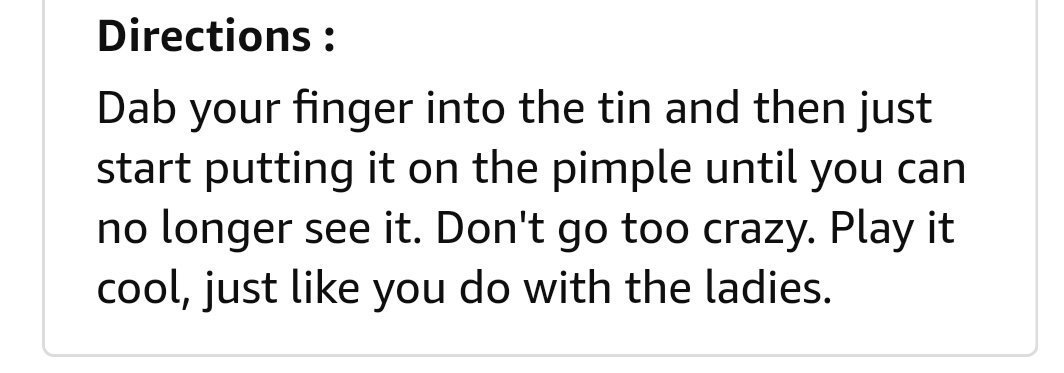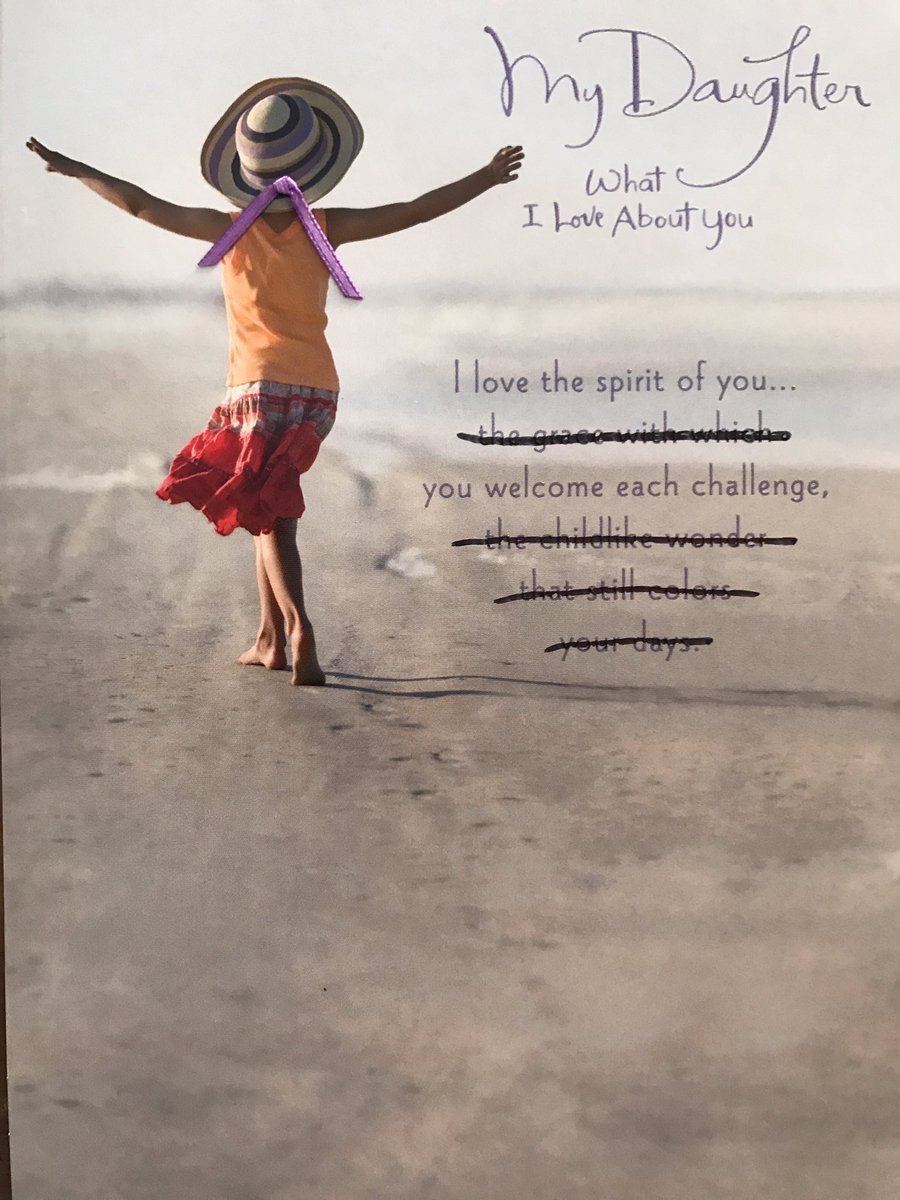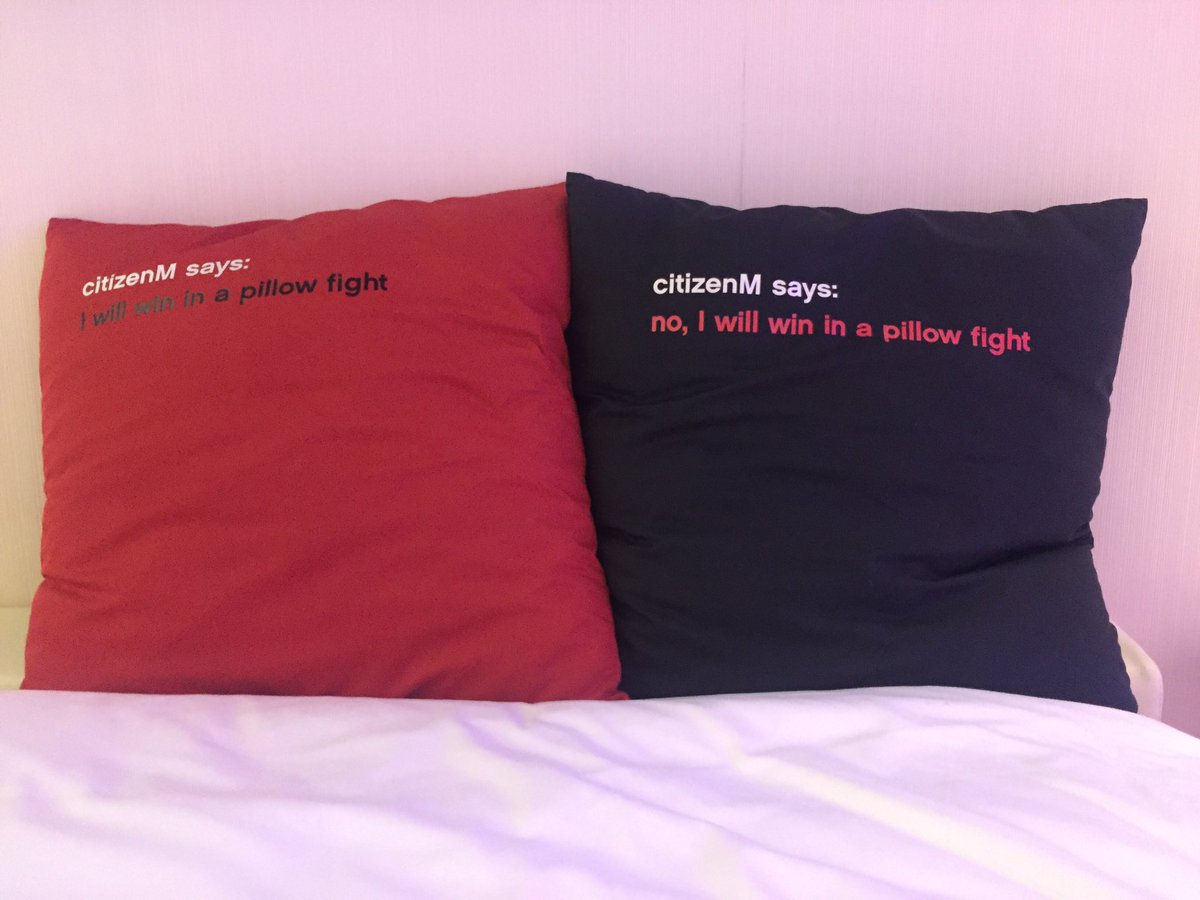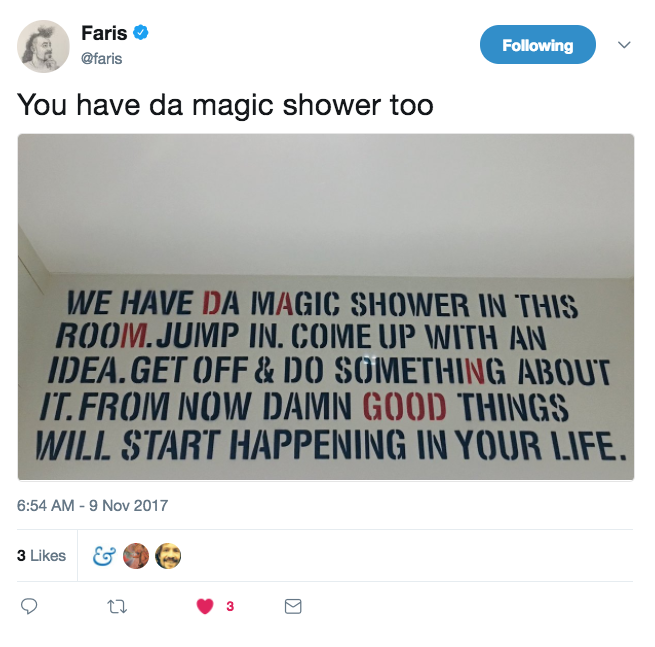[This is from the latest Realtime Roundup newsletter, reviewing what I've been up to on Realtime Notes throughout the month of April.]
Then I felt like some watcher of the skies
When a new planet swims into his ken;
Or like stout Cortez when with eagle eyes
He star'd at the Pacific – and all his men
Look'd at each other with a wild surmise –
Silent, upon a peak in Darien.
John Keats wrote that about the first time he read Chapman's Homer. I include it here because it's how I felt when I realised you can paste images directly into Notes.
I've used images before in Realtime Notes, as accompanying material when they add context to the poem, but this is the first time I've made them directly part of the 'thing' itself. It led directly to a couple of 'triptych' poems – firstly, the anagram one above.
And secondly this commentary on Amber Rudd's resignation, following Damien Green's departure a few months back – my bid for a Private Eye front cover.
Are they poems though? Well, in a way, no – they're more like witty cartoons. But I still think of them as poems, and they're part of a poetry project – that's the context in which they were produced.
It's fun to open up a new dimension in the project, especially now I'm over 8 months in. But I'm also slightly wary of heading too much in a visual direction.
There's a great tradition of merging images and poems into one artistic thing – the original versions of Blake's Songs of Innocence and of Experience come to mind. The mega-Instapoets like Rupi Kaur continue this tradition by presenting poems as visual artworks with decorative illustrations. But I still find myself suspicious of it – like it indicates a lack of faith in the words themselves, or seeks to shape the way you respond by creating an air of preciousness around them. For better or worse, I think of Realtime Notes (and poetry generally) as words grappling directly with the world. The visual is part of that (and words themselves are visual objects), but I like the textiness of the Notes app and the way it presents the words raw. It probably gets me fewer Instagram followers, but they're all the nice, intelligent, good-looking ones.
This month started pretty rockily – I struggled for a few days to write anything. So far, I've posted at least one poem every day since I started last 17 August and I feel I have to keep that up for at least a year. On 2 April I had nothing with midnight looming, but at least I managed to retrieve the little observation above – a poem about not having written a poem.
The rut continued for a while, but fortunately the news keeps providing little moments of inspiration.
This month saw a couple of milestones. Firstly, I passed the 500 mark on Realtime Notes – about 240 days in, so that's a decent rate of at least two poems a day. All about quantity not quality.
And secondly we celebrated our tenth wedding anniversary with a trip to Grasmere and the church where we were married. This is a tactical point at which to insert a formal apology to my better half for always staring at my phone too much.
To be fair, she stares at her own canvas quite a lot – follow her @sueasbury.
OK, deaths time. Ray Wilkins, Eric Bristow and Barbara Bush all left us this month, as did Dale Winton. If I ever wind down Realtime Notes, maybe I'll keep the obituaries going.
But I'm not planning to wind down yet. I'm still enjoying the little daily alchemy that takes place when you turn the news, and your feelings about it, into some bundle of words that has form and meaning. The one above was written when I woke up too early one morning and had that vague out-of-time feeling that you sometimes get early in the morning. I like the alliteration running through it – the m's and s's and t's. Not that it's a highly crafted work in terms of time spent, but some poems come out with more craft than others, and it feels like it captured whatever mood I was in.
I've been thinking more than usual this month about the worth of this project, and it was nice to hear I'm on roughly the same page as Kanye West.
I've said before in this newsletter that I consider 'time' as one of the last formal constraints in poetry – you're expected to spend time crafting a poem, and spend time reading it. I still think that's a definitively valuable quality in poetry and I'll go back to it one day, but I think there's fertile territory in pushing against it.
Here's an idea I'll run past you. You know how a lot of people skim-read these days? It's often the way I read the news – lightly scanning my eyes down the page, picking up the gist, moving onto the next thing. Skim-reading is often seen as the enemy of the writer, like it's our job to get people to slow down. But I've decided to think of Realtime Notes as a turning of the tables. My new word for it is skim-writing.
If you're going to skim-read, then I'm going to skim-write. I think that's a good deal.
I'll finish this particularly long round-up by saying I went to a particularly long place this month. The hardest place in the UK to write about in real time.
Thanks for reading – makes the whole project worthwhile. See you back in realtime.

















































